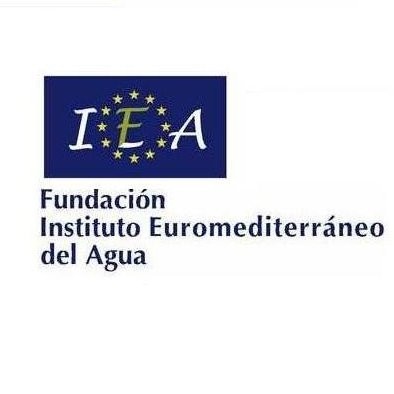The IEA Foundation will coordinate a Hydrogeological Model, in order to study the effect of each drop of water that ends in the Mar Menor Basin
The Mar Menor will have a hydrogeological model that will allow knowing how each drop of water that falls in the basin affects it.
"The Euro-Mediterranean Water Institute Foundation will be in charge of coordinating the work for the elaboration of this model, framed in the actions that the working group of the river basin will develop. The objective is to monitor not only the evolution of the physical-chemical parameters of the Mar Menor but also the entire basin that influences the sea. Currently, the working group is designing the indicators that will make it possible to assess the effectiveness of the measures of the Integral Protection Law of the Mar Menor. The elaboration of the hydrogeological model of the Mar Menor will allow knowing how each drop of water that falls into the basin affects the ecosystem. Thus, it is proposed to know the affections that the hydrological change produces on the basin in order to make more effective the prevention and search for solutions.
This is a new step within the Scientific Advisory Committee of the Mar Menor. The working group, created at the proposal of Antonio Luengo (Minister for Water, Agriculture, Livestock, Fisheries and Environment,) will complement the various studies that are carried out on the contributions of fresh water, sediments and pollutants to the Mar Menor, thus to expand current monitoring of the ecosystem throughout the basin. The final goal is to ensure a common and balanced global advance in the knowledge of the situation and to facilitate the cooperation and mutual exchange of research, by guaranteeing the coherence of all the processes and establishing a unique framework where to insert the contents of the progress.
Therefore, F-IEA will provide objective criteria in view of the decisions proposed within river basin territory, as well as expand the knowledge of floods and flash floods events in the area. It also will facilitate elements designed for actions of defense against floods and possible effects of the climate change. These criteria will also improve the knowledge about load of sediment contributed by the rambles to the lagoon as well as its associated effects of contamination, clogging and alterations in the water depth.
Likewise, F-IEA will expand the body of knowledge of the expected water flows in the riparian wetlands, as well as allow the objective analysis of pumping alternatives in the Quaternary Aquifer of the Campo de Cartagena, dynamically evaluating the impacts of pumping on drainage to the Mar Menor and its pollutant load. This way, a continuous and cumulative process of hydrological monitoring and analysis activity (surface and underground, in quantity and quality) on the Mar Menor environment is to be composed, endowing the Region with scientific-technical capacities in the subject matter.
The contribution of F-IEA will also allow a better quantitative evaluation of the effects on the lagoon of initiatives such as agro-environmental actions, good agricultural practices, zoning effects, alterations of land uses such as urbanization, etc. These works constitute a tool that will allow knowing the results of the measures taken in this area reflected in the Zero Dumping Project and in the Law on Integral Protection of the Mar Menor.
Taking into account its nature, background and abilities, the Euromediterranean Water Institute Foundation, directed by Francisco Cabezas, was proposed as the coordinating entity for the tasks to be carried out by the group. A group which includes the three universities of the Region, research organizations such as CEBAS, IMIDA or the Geological-Mining Institute, the Segura Hydrographic Confederation, and other experts from diverse backgrounds. ”
Source: CARM



